Shrub aster: varieties, planting and care, breeding

For many years, experienced and novice gardeners have been growing shrub aster. They love her for her wonderful aroma, wide palette of colors and unpretentious care. It fits wonderfully into the decoration of flower beds, borders, corners. You can grow this flower yourself, because caring for it is not difficult.
Description
Shrub aster is a species of perennial herbaceous plants belonging to a separate genus Symphyotrichum. Previously, they were assigned to the genus Aster, but over time, it and other North American species decided to separate it into a separate genus.

These are perennial bushes, their shape resembles a sphere. This is due to the fact that they have densely spaced and even vertical stems on which elongated rounded-oblong leaves grow. They are jagged along the edges, slightly rough above, and smooth below, dark green in color. The bush can reach 50-90 cm in length, but this figure differs from one cultivar to another. The roots are presented in the form of horizontal branching shoots, from which the absorbing branches extend up and down, replacing the buds.
The inflorescence of the shrub species of asters is represented by small baskets. They can be located on the trunk in the form of panicles, umbrellas or shields, depending on the variety. The sizes of flowers are from 2 to 9 cm in diameter. The middle has a deep yellow color, and the petals can be yellow, white, pink, lilac or red. Asters begin to bloom mainly in early August, and this lasts throughout September.
A distinctive feature of the shrub aster is its high cold resistance, but this culture does not tolerate drought at all.


Common varieties
Through the efforts of breeders, many varieties of bush asters have appeared in the world. The most popular are the following.
- "Lady in blue" - the most popular winter-hardy shrub, which has a bright blue color, is quite resistant to parasites and many ailments.

- "Jenny" - has a color from bright pink to wine red, suitable for cutting and forming bouquets.

- "Starlight" - a more branched variety with small light purple flowers, which is distinguished by long flowering (up to 45-55 days).

- "Anneke" - a variety with medium-sized flowers with a raspberry-red color.

- "Dwarf Nancy" - a small bush about 30 cm in height, which is decorated with fluffy flowers of a delicate lilac color.

- "Gloria" - rosette flowers of light blue color, no more than 3 cm in diameter.

- Snowsprite - whimsical to the soil (does not grow on withered and clayey lands) tall bush with snow-white inflorescences.

- Apollo Is a medium-sized shrub with white flowers, which blooms mainly in September.

- "Ronald" - has a bright pink color and a height of about 65 cm.

- "Herbert Star" - American undersized aster (up to 25 cm) of rich pink-crimson color.

- Alice Haslam and Venus - even smaller bushes (less than 20 cm). They have light pink and mauve buds.
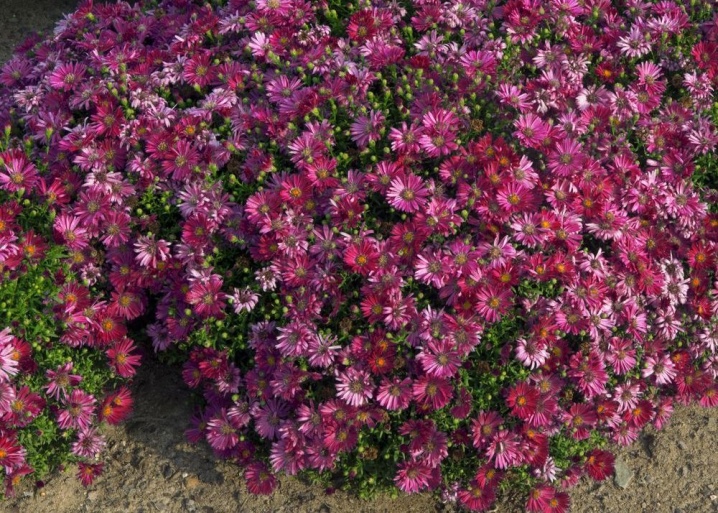
- Blau Lagoon - begins to bloom only in September with lilac-blue inflorescences. Flowering continues until October.
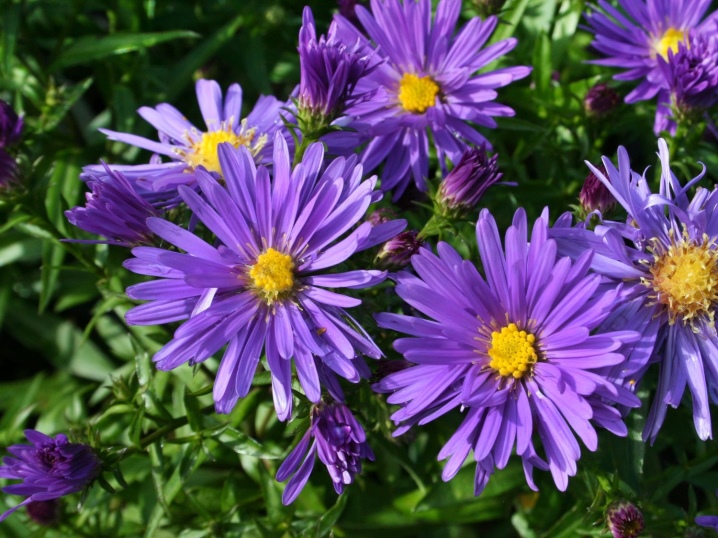
- Schneeckissen - late flower, begins to bloom in late September - early October. It has a snow-white color and a pale yellow center.
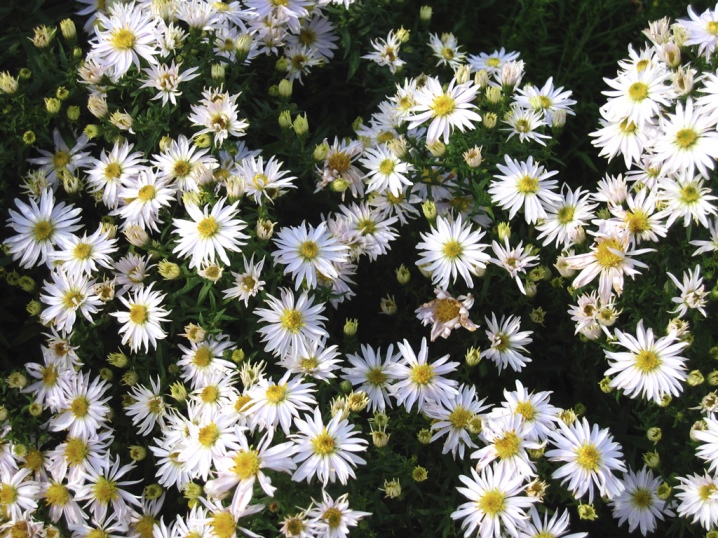
- "Shpatroze" - a medium-sized bush with dark pink flowers.

- "Ruber" - rich reddish-pink aster with 4 cm inflorescences.

- "Dunkel Chenet" - flowers with a diameter of about 3 cm of dark lilac color.

- "Happy end" - flowers have a pale pink hue, bloom in May and retain their flowering for more than a month.

- "Rosea" - a large flower about 4.5-5 cm in diameter, the middle has a transition from the green center through the yellow to the orange edge, and the petals are light pink in color.

- "Goliath" - this variety blooms in June, blooms for about a month with pale lilac large flowers (up to 6 cm in diameter).

- "Woods Purple" - a medium-sized bush with many inflorescences of small yellow flowers with a pink border.

Landing
After the variety has been chosen, it is worth learning how to plant the shrub aster correctly. They are engaged in planting this flower in late March or early April (it is possible in early March, if warm weather came earlier). It is worth knowing in advance if night frosts are expected during this period, because the planting material is not yet hardened and does not tolerate cold well. The place is chosen semi-shaded so that in the future the plant does not get burns from exposure to direct sunlight. The area for planting should be thoroughly cleaned of weeds and foreign objects.

The soil for asters should be loose, drained, because they quickly rot with an excess of stagnant water. Before planting, the soil should be prepared in the fall, it is then that compost or humus is introduced. Adding sand to the soil has a positive effect on the growth of asters. You should not choose a site where the winds are constantly walking and a draft is formed.
For planting already germinated bushes in open ground, shallow holes are made in the fertilized soil, located at a distance of about 20-35 cm. From the container in which the seedling grew, it is taken out and, together with the ground, is planted in a hole so that young shoots are 2-3 cm covered with soil. After that, the seedlings must be watered.
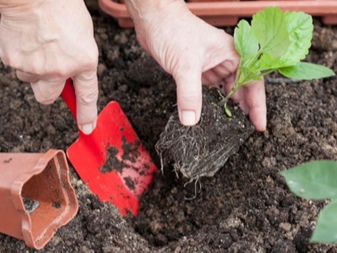
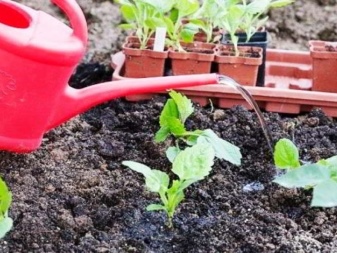
Follow-up care
For further care of the seedlings, you just need to water them sometimes, huddle them up, periodically loosen the ground and clear it of weeds. It is worth taking care in advance that there is enough light in the area where the aster grows, but there is no direct sunlight. Do not allow excessive oxidation or alkalization of the soil. After the plant has bloomed, the wilted inflorescences should be removed. The bush should be pruned every 2-3 years.


Watering
Asters live well in conditions of a lack of moisture, but their excess is extremely negative. It should be watered regularly, about once a week. Under the condition of rainy weather, you can water the bush several times a month.

Top dressing
To support the plant before the new flowering period, you need to alkalize the soil to prevent excessive oxidation. This procedure is also done before planting flowers and after they have completely faded. Lime is diluted at the rate of 100 g of powder for 3-5 buckets of water.
Directly feeding asters is carried out after planting seedlings in the ground, when the buds have appeared, and before their disclosure. Standard feeding consists of potassium sulfate, ammonium nitrate and superphosphate in a ratio of 1: 2: 3. Experienced gardeners recommend introducing the substance in powder form, and then watering the ground.
After cutting the bush, it is necessary to mulch it with peat and compost in the same amount.

Preparing for winter
If the selected variety is frost-resistant, then it does not need to be cooked for winter. But there are many varieties that do not possess such a property, therefore, before a cold snap, the bushes are covered with a thick layer of fallen leaves. You need to remove the protection from the plant at the end of March.

Disease and pest control
Astra is a culture highly resistant to infection with various diseases and parasites, but this is not a reason to relax. It is necessary to constantly monitor the appearance of the plant, notice the smallest changes in color, growth retardation or signs of wilting. A disease noticed in time can be cured.
For example, drying and yellowing of leaves, dried flowers and stems indicate a fungal disease called fusarium. To save an infected plant, a solution of the drug "Fundazol" is used, which is used to completely process the bush.
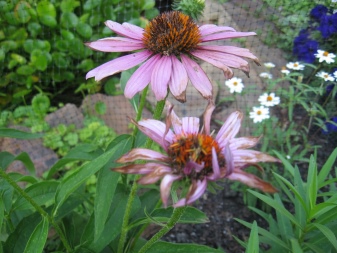

If chlorosis joins these symptoms, the growth retardation of trunks and kidneys is a clear sign of aster infection with a virus that aphids and cicadas carry. There are no drugs to fight viruses, but to prevent infection of the rest of the bushes, it is necessary to destroy the diseased plant.
Powdery mildew is another disease of shrub asters. At the same time, whitish-gray spots are revealed on the leaves. To remove it, take a tincture of a mullein and dilute it in water in a ratio of 1: 3. It is sprayed with a bush until the dew recedes.
A variety of pests, such as plowed slugs and snails, moth moth caterpillars, meadow bugs, and spider mites, are also dangerous to plants. To combat them, use specific drugs that can be bought in special stores. They are introduced into the soil, dug up and left, periodically monitoring the effectiveness of this measure.
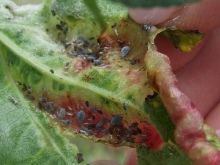

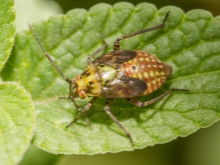
Reproduction
Shrub aster can be propagated in several ways.
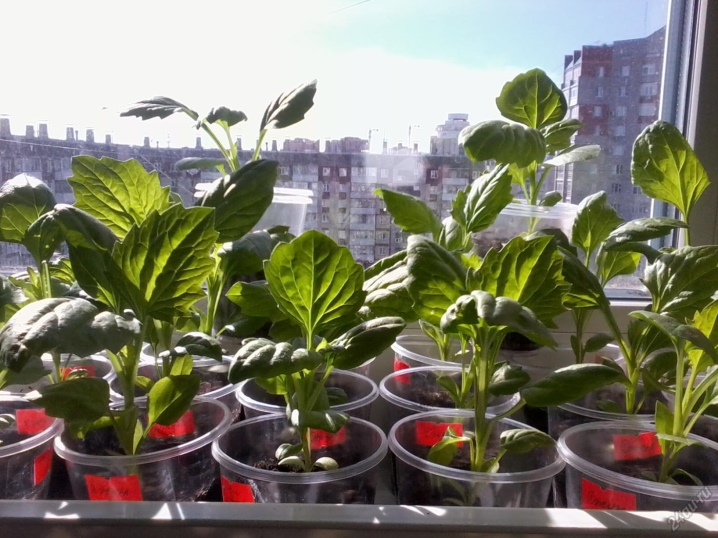
- Seeds. This method is quite lengthy, and seeds harvested on their own can grow into a flower that is different in color from the mother bush. The best time to plant seeds is autumn. Seeds purchased from the store are often already processed before planting, but if this is your seed, then it is worth soaking it in a fungicide and growth stimulant before planting. After that, planting material is distributed in a box in which future asters will grow, and on top it is sprinkled with earth or calcined sand. From above, this container is covered with a film, placed on a windowsill on the sunny side, and airing is performed every day.

Seedlings germinate in 5-7 days. When 2 true leaves appear on the ascended bush, they are seated in separate plastic cups. To do this, soil is poured into each of them, watered and seedlings are planted to a depth of up to the level of the cotyledon leaves. Then all the cups must be removed again on the windowsill. As soon as the plants get stronger, you can begin to gradually harden them, moving them outside and increasing the hardening interval.

- Cuttings. This is the most popular breeding method for shrub asters. To do this, they are carefully cut at a slight angle from the bottom and removed what is above the first kidney, after which the appendix is placed in a solution with a growth stimulator for 1 night.
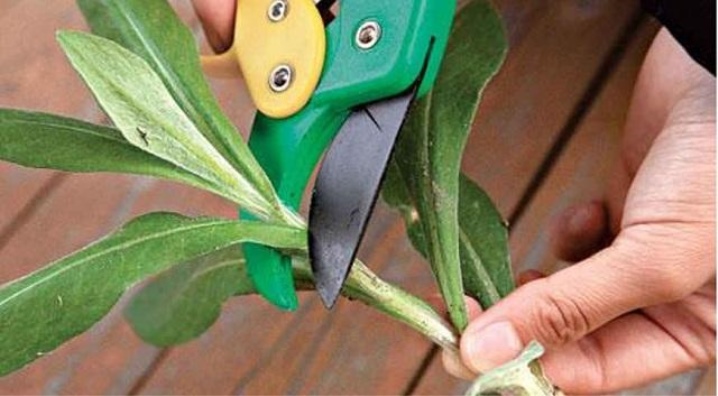
To plant viable cuttings, it is worth preparing special soil. To do this, the land is mixed with peat, sand and turf soil in a ratio of 40/40/20. Top this mixture is covered with perlite. Then cuttings are planted at an angle to a depth of about 7-9 cm at a distance of 5 cm from each other. For further growth, greenhouse conditions are organized. A month after planting, the bushes become strong and hardy and are already ready for planting in a place of constant growth.

- Roots. To do this, take already adult plants at least 4 years old. In the spring, until the buds swell, the bush is dug up, the roots are cleaned of soil and part of the old root system is separated. They should be divided so that the new bush has a branched root system and at least 3 stems. After that, both flowers are transplanted to new places.

- Vertical layering. To do this, at the end of the growing season, remove all shoots and leave an outgrowth of about 10 cm in height. After that, the plant is huddled and completely covered with soil until it grows to 23-25 cm. At the end of autumn, the bush is dug up and all the resulting layers are separated from it with the root. They are planted in a new permanent place. The aster grown in this way will bloom in 2 years.
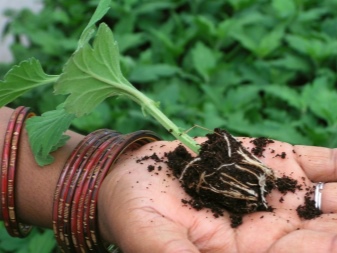

Examples in landscape design
A bright variety of colors in the autumn season is the main advantage of shrub asters. Perennial shrubs in the shape of a lush ball are wonderfully used as decoration along the paths in the yard.
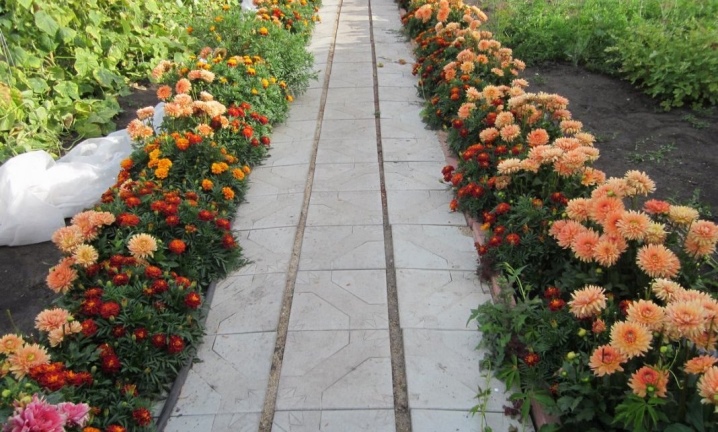
In composition with asters of other species or perennial conifers, they can serve as a living fence. Asters go well with plants such as chrysanthemum, wrinkled goldenrod and aconite.

In the bouquet, the decorative properties of asters can be complemented by cereals such as reed grass, miscanthus and other crops.

Shrub aster is one of the most unpretentious garden plants. Having planted it, you can delight yourself with bright flowering for more than one year, its colors will decorate any site in early autumn.
How to care for the perennial kustranikova aster, see the next video.







































































































The comment was sent successfully.